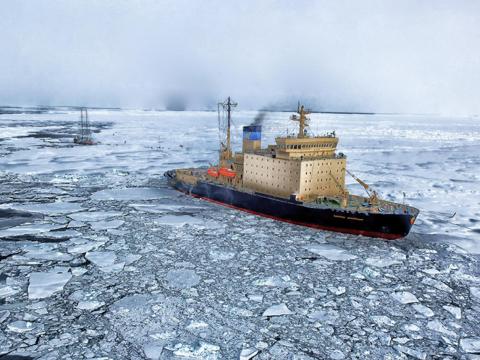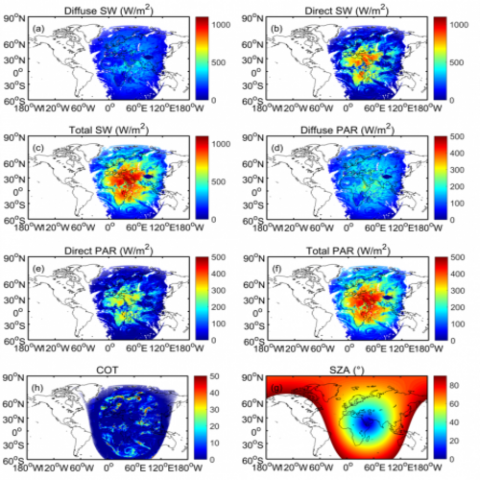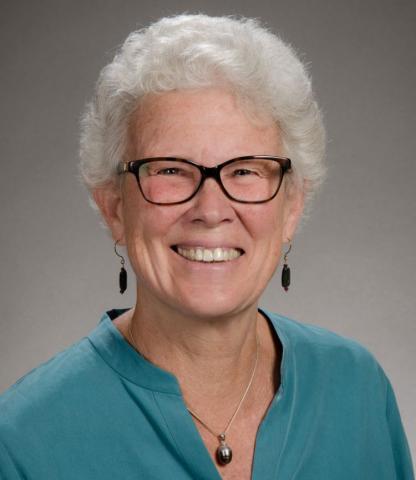Data Science & Biostatistics
Filter results
Category
- (-) Earth System Science (13)
- Scientific Discovery (60)
- Biology (38)
- Human Health (14)
- Integrative Omics (12)
- Microbiome Science (12)
- Computational Research (10)
- Chemistry (7)
- National Security (6)
- Data Analytics & Machine Learning (5)
- Computing & Analytics (4)
- Chemical & Biological Signatures Science (2)
- Energy Resiliency (2)
- Weapons of Mass Effect (2)
- Coastal Science (1)
- Computational Mathematics & Statistics (1)
- Ecosystem Science (1)
- Energy Efficiency (1)
- Energy Storage (1)
- Plant Science (1)
- Renewable Energy (1)
- Solar Energy (1)
Person Type
Tags
- Biological and Environmental Research (2)
- Mass Spectrometry (2)
- Omics (2)
- Bacterial Persistence (1)
- Bacterial Signaling (1)
- Bioenergy Production (1)
- Bioimaging (1)
- Climate Change (1)
- DOE (1)
- Environmental Microbiome Science (1)
- Genomics (1)
- Genomic Sciences Program (1)
- High Throughput Sequencing (1)
- Imaging (1)
- Metabolic Networks (1)
- PerCon SFA (1)
- Science Focus Area Project (1)
- Secure Biosystems Design (1)
- Spectroscopy (1)
- Synthetic Biology (1)
Dr. Paul Piehowski is the Proteomics team leader for PNNL’s Environmental and Molecular Sciences Division and the Environmental Molecular Sciences Laboratory (EMSL) user program. Piehowski is an analytical chemist whose research is focused on the application of mass spectrometry to biological...
Category
The influence of tidal inundation dynamics on below ground carbon pools is poorly understood across coastal terrestrial-aquatic interface (TAI) ecosystems. The dynamic environmental conditions of tidally-influenced landscapes, the chemically complex nature of carbon compounds, the diverse nature of...
Category
Datasets
3
The Phenotypic Response of the Soil Microbiome to Environmental Perturbations Project (Soil Microbiome SFA) at Pacific Northwest National Laboratory is a Genomic Sciences Program Science Focus Area (SFA) Project operating under the Environmental Microbiome Science Research Area. The Soil Microbiome...
Datasets
23
Category
Datasets
3
Category
Datasets
54
Category
Datasets
1
Category
Datasets
8
Category
Datasets
1
Last updated on 2023-02-23T19:37:46+00:00 by LN Anderson PerCon SFA Project Publication Experimental Data Catalog The Persistence Control of Engineered Functions in Complex Soil Microbiomes Project (PerCon SFA) at Pacific Northwest National Laboratory ( PNNL ) is a Genomic Sciences Program...
Datasets
3
Category
Datasets
1
Short Biography Caroline (Carrie) Harwood received her Ph.D. in microbiology from the University of Massachusetts and completed postdoctoral work at Yale University. She held academic appointments at Cornell University and the University of Iowa before moving to the University of Washington in 2005...










